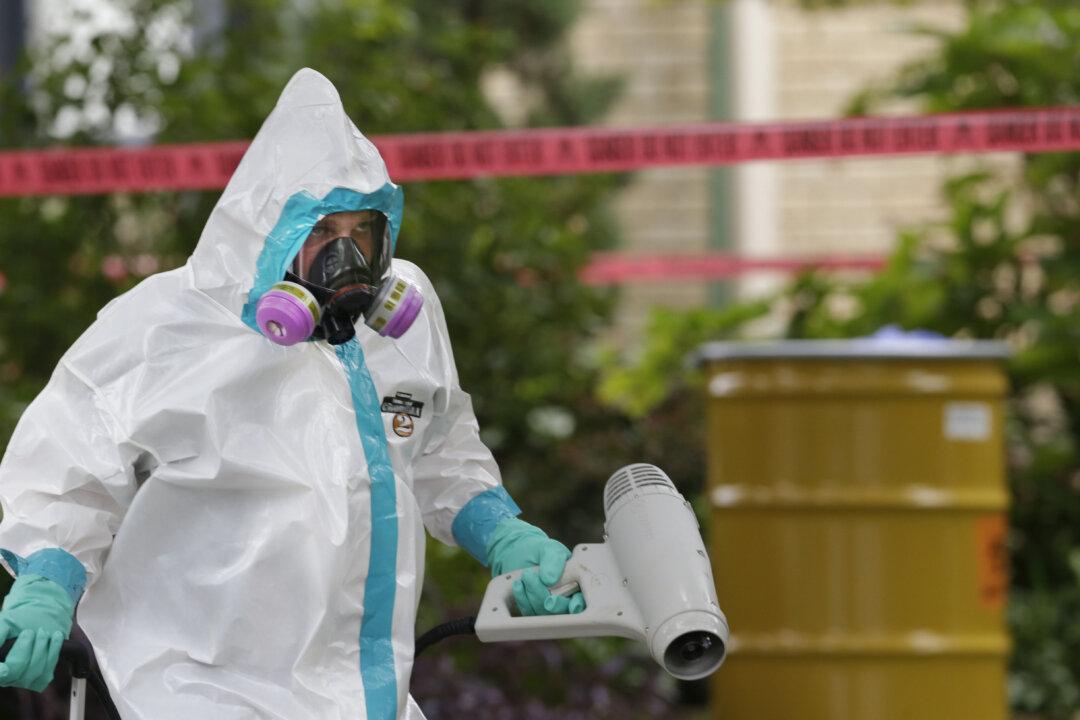The World Health Organization (WHO) on Tuesday convened an “urgent meeting” amid an outbreak of the Marburg virus, which causes one of the world’s deadliest diseases, in Africa.
Health officials say Marburg, first seen in the late 1960s, is related to Ebola. However, WHO officials say it’s far more deadly, killing upwards of 88 percent of people who contract it.





